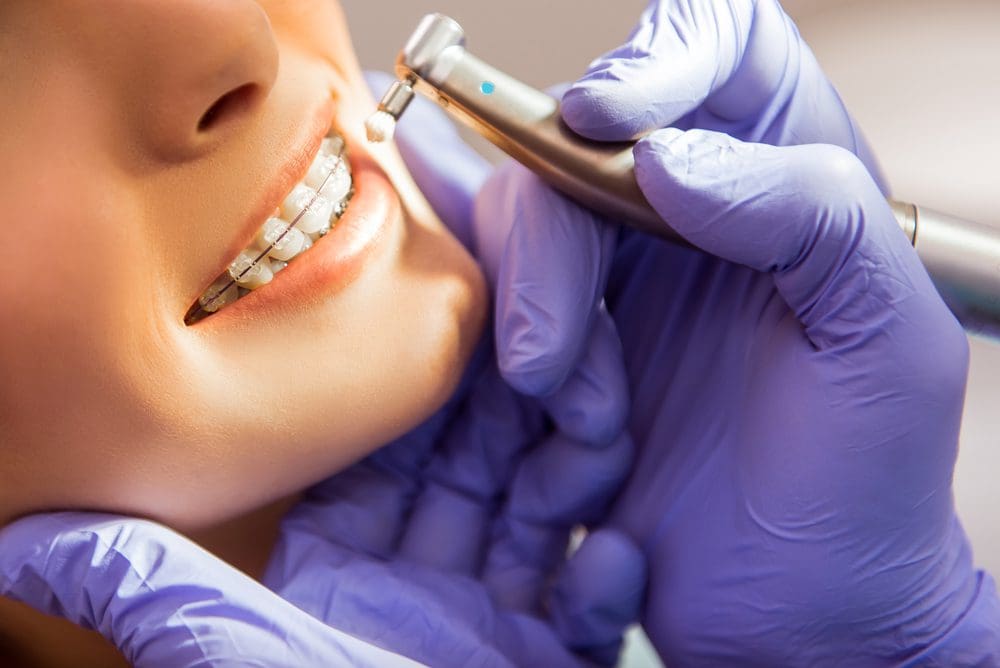The Advantages of Choosing a Cumming Orthodontist for Your Braces and Aligners
The Advantages of Choosing a Cumming Orthodontist for Your Braces and Aligners
Blog Article
Comprehensive Overview to Orthodontics Treatments for Correcting Dental Imbalances
Comprehending the intricacies of each procedure, including their systems, advantages, and potential drawbacks, is essential in making educated decisions regarding one's orthodontic treatment. As we navigate with the thorough guide to orthodontic treatments for correcting oral imbalances, the intricate information of each approach will unravel, shedding light on the course towards a functional and unified dental alignment.
Orthodontic Procedures Overview

Regular modifications and tracking are important components of orthodontic therapy to make sure progression is on track and to make any type of needed adjustments along the method. By going through orthodontic procedures, clients can not only achieve a straighter smile however additionally boost their total oral health and wellness and feature.
Typical Braces: Just How They Function
When considering orthodontic therapies for dental misalignments, standard braces attract attention as a reliable technique for fixing teeth positioning. Traditional braces are composed of brackets, cables, and bands that collaborate to apply continuous pressure on the teeth, slowly relocating them into the preferred placement. The brackets are affixed to the teeth utilizing a special adhesive, and the cables are threaded through the brackets. By readjusting the tension of the cables, orthodontists can regulate the direction and force related to each tooth, assisting them into correct positioning in time.
As pressure is applied to the teeth through the braces, the bone bordering the teeth is reshaped to sustain the new tooth positions. People will certainly need routine changes at the orthodontist's office to make certain the braces continue to apply the appropriate pressure for efficient teeth movement.
Unseen Aligners: Cons and pros
These clear, tailor-made trays are basically unnoticeable when put on, making them an appealing option for individuals looking for a more aesthetically pleasing orthodontic treatment. Patients can get rid of the aligners before eating or brushing their teeth, lowering the risk of food getting stuck in the device and streamlining the cleaning procedure.

Surgical Orthodontic Options
Surgical interventions in orthodontics present practical choices for resolving intricate dental misalignments that may not be properly solved with traditional orthodontic therapies. While traditional dental braces and undetectable aligners can deal with many orthodontic concerns, specific instances need surgical intervention to achieve ideal outcomes. Surgical orthodontic options are commonly suggested for extreme malocclusions, considerable jaw disparities, and situations where the underlying bone framework requires adjustment to achieve appropriate alignment.
One common medical orthodontic treatment is orthognathic surgical procedure, which involves repositioning the jaws to remedy functional problems such as trouble eating or speaking. This surgical treatment is usually carried out in collaboration with an orthodontist that assists straighten the teeth before and after the procedure. Surgical orthodontics may also include treatments to expose influenced teeth, get rid of excess periodontal tissue, or reshape the jawbone to create a more unified face account.
Before considering surgical orthodontic alternatives, clients undertake a comprehensive analysis to establish the necessity and possible advantages of such interventions. orthodontist. While surgery may appear complicated, it can substantially improve both the feature and looks of the smile in instances where conventional orthodontic treatments fall short
Retainers and Post-Treatment Treatment

Failing to abide with post-treatment treatment instructions can result in relapse, where the teeth gradually relocate back towards their initial placements. Consistent retainer wear, good oral hygiene, and normal oral examinations are essential for maintaining the results achieved through orthodontic surgical procedure and ensuring the long-lasting security of the remedied dental positioning.
Verdict
To conclude, orthodontic treatments use numerous choices for correcting dental misalignments. Traditional braces utilize steel braces and cables to shift teeth right into appropriate placement. Undetectable aligners supply a more very discreet option however may not be suitable for Clicking Here all instances. Surgical orthodontic choices are available for extra extreme misalignments. Retainers are typically used post-treatment to keep the new placement. On the whole, orthodontic treatments can successfully improve oral health and wellness and visual appearance.
As we navigate with the comprehensive overview to orthodontic treatments for correcting dental imbalances, the intricate information of each approach will unravel, losing light on the path towards a harmonious and practical oral positioning. - cumming aligners
One of the most typical orthodontic treatments is the use of dental braces, which are composed of metal brackets and cables that apply gentle pressure to gradually move teeth right into the preferred position.When considering orthodontic treatments for oral misalignments, typical dental braces stand out as a reliable method for correcting teeth placing. In addition, invisible aligners may not be appropriate for intricate orthodontic problems that require more substantial teeth motion, as they are commonly advised for light to moderate instances. Retainers are custom-made orthodontic devices made to hold teeth in their corrected settings visit after the completion of orthodontic treatment.
Report this page